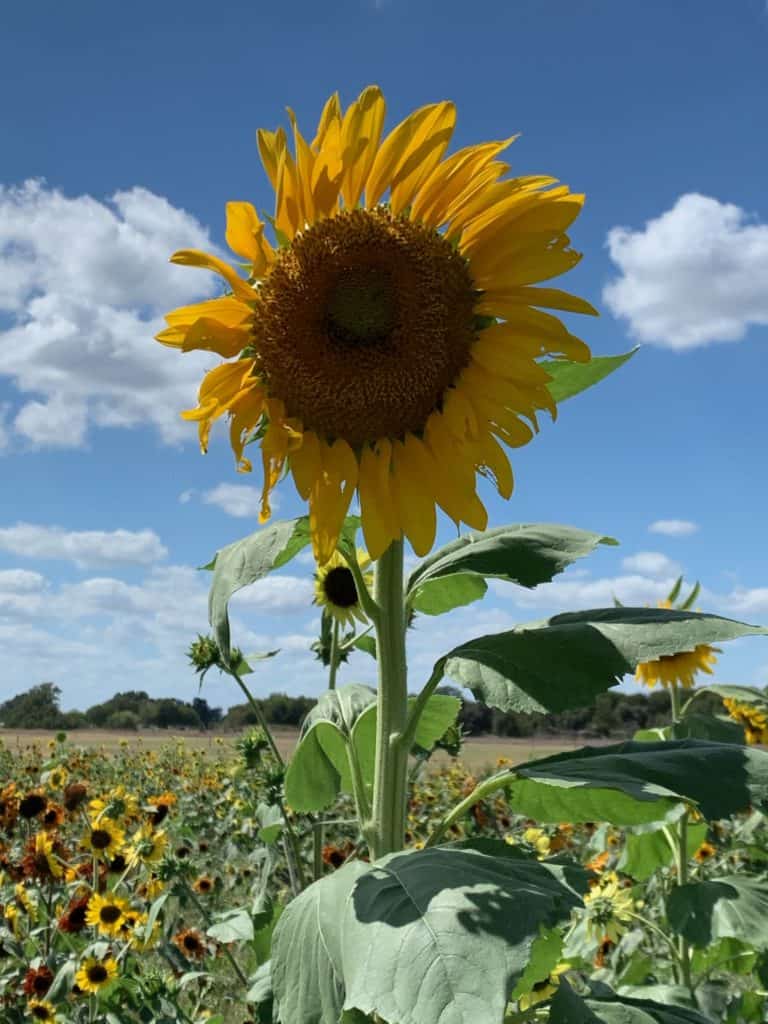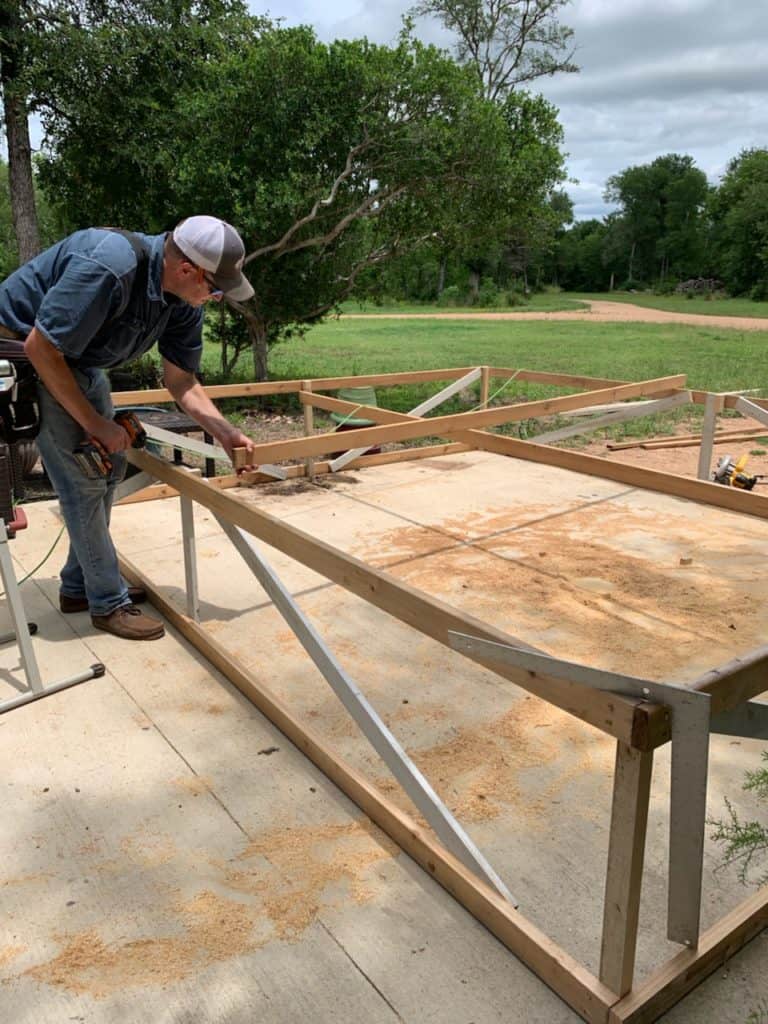At Barton Hill Farms, we love working the land, raising livestock, and growing fresh produce in beautiful Central Texas. And we’d like to continue doing so for the next 20, 30, or 40 years.
That’s why we’re focused on regenerative farming practices on our 100+ acres of land. By carefully managing our pastures and farmland, we can keep the soil healthy and productive for years — or decades — to come.
Keep reading to learn what regenerative farming is, and how we’re practicing it here at Barton Hill Farms.
What is Regenerative Farming?
Regenerative farming practices aim to rehabilitate the farm ecosystem through crop and livestock rotation, reduced tilling, and eliminating (or reducing) the use of pesticides.
Farming a piece of land long-term can deplete the soil to the point where it’s nearly useless — especially if the farmer practices monoculture. That’s when only one crop is grown year after year on the same acreage.
But with sustainable, regenerative practices, farmers can maintain the health of their farmland for generations.

It’s not just a hippy dippy idea either — regenerative farming produces real, measurable results. A 2013 study showed that compared to “conventional” farms, farms that focused on regenerative practices supported more cattle per acre, had deeper topsoil with more plant cover, and needed fewer herbicides.
Beyond the benefits to the land, there are improvements to the product of these farms as well. Healthier soil makes for healthier plants, which are less susceptible to pests. And an unstressed plant can focus its energy on growing large, flavorful produce.
Regenerative Farming at Barton Hill Farms
There are two parts to our regenerative farming practices here at Barton Hill Farms — the pastures, and the market garden.
Pasture Practices
Regenerative pasturing involves regenerating the soil and grasses through animal rotation. At BHF, we have cattle, goats, sheep, and chickens that all do their part to keep the land healthy.
Cattle are grazers. They’ll happily nibble on grasses and leafy plants all day long. But the grass can only take so much grazing at a time. It needs to rest and be given time to regrow. So we move the cows around the pastures to prevent them from overgrazing an area.
After the cattle have had their fill of an area, we cart in the chickens on their own special chicken tractor. Once the tractor is set up, the chickens can hop out for a meal. They’ll root around the grass and pick up grubs and worms. This keeps pests under control, and it’s a healthy diet for the chickens! This healthy, high-fat diet gives our chicken egg yolks a vibrant orange color and rich flavor.

The chickens are there for more than a free meal, though. Chicken droppings are high in nitrogen, which acts as a natural fertilizer for the soil. By letting the chickens roam free, they’re ensuring that the grass will regrow vigorously and be ready to feed the cows again in just a couple of months.
This system allows the grasses to develop a strong, deep root system, which pulls more carbon out of the air and deposits it into the soil. Carbon-rich soil encourages more microorganisms in the soil, which then continues to feed the grass.
Goats and sheep like grass too, but they’ll also eat brush. So they get their own job to do. We allow the goats and sheep to graze in the river bottom for brush control. They keep the bushes and trees free of leaves up to five feet off the ground. This helps the sunlight to hit the ground so that more grass can grow!!
Regenerative Market Garden
The hardest part of farming vegetables is controlling weeds. As soon as you’ve finished preparing the garden beds for seeding, the weeds move in and take over.
“When you look at most organic gardens, they’re full of weeds,” BHF co-owner Pamela Swanson. “You have to sort through the weeds to get to the veggies.”
As an organic market garden, herbicides are out of the question. And we use a no dig/no till method of farming to disturb the soil as little as possible. This means it takes a little more effort to sow our seeds, but it reduces the number of weed seeds in the top soil and decreases the amount of carbon released from the soil.
We also leave the roots of the last harvest in the ground. They provide food for microorganisms, which then deposit more nutrients in the soil for the next crop.
But the downside of the “no dig” method is that we can’t till the weeds. Instead, we add a thick layer of compost on top of the rows in our market garden.
This layer of organic matter acts as a mulch. It prevents weeds from growing and keeps moisture in the soil. And as the compost breaks down, it will release even more nutrients into the soil to help replenish what the growing veggies absorb.
A Little More Work, A Lot More Reward
If you think this sounds like more work than spraying some herbicides and calling it a day, you’re right. But the results speak for themselves — delicious, nutrient-rich produce, grown and sold right here in Bastrop. And a healthy farm that will continue to produce for generations to come.
Plus, on a large-enough scale, the carbon re-captured by regenerative farming could even help slow global warming. And that’s something we’d like to be part of.
When you come visit the Fall Festival & Pumpkin patch this October or November, visit our Market Garden to see how it works in person!

